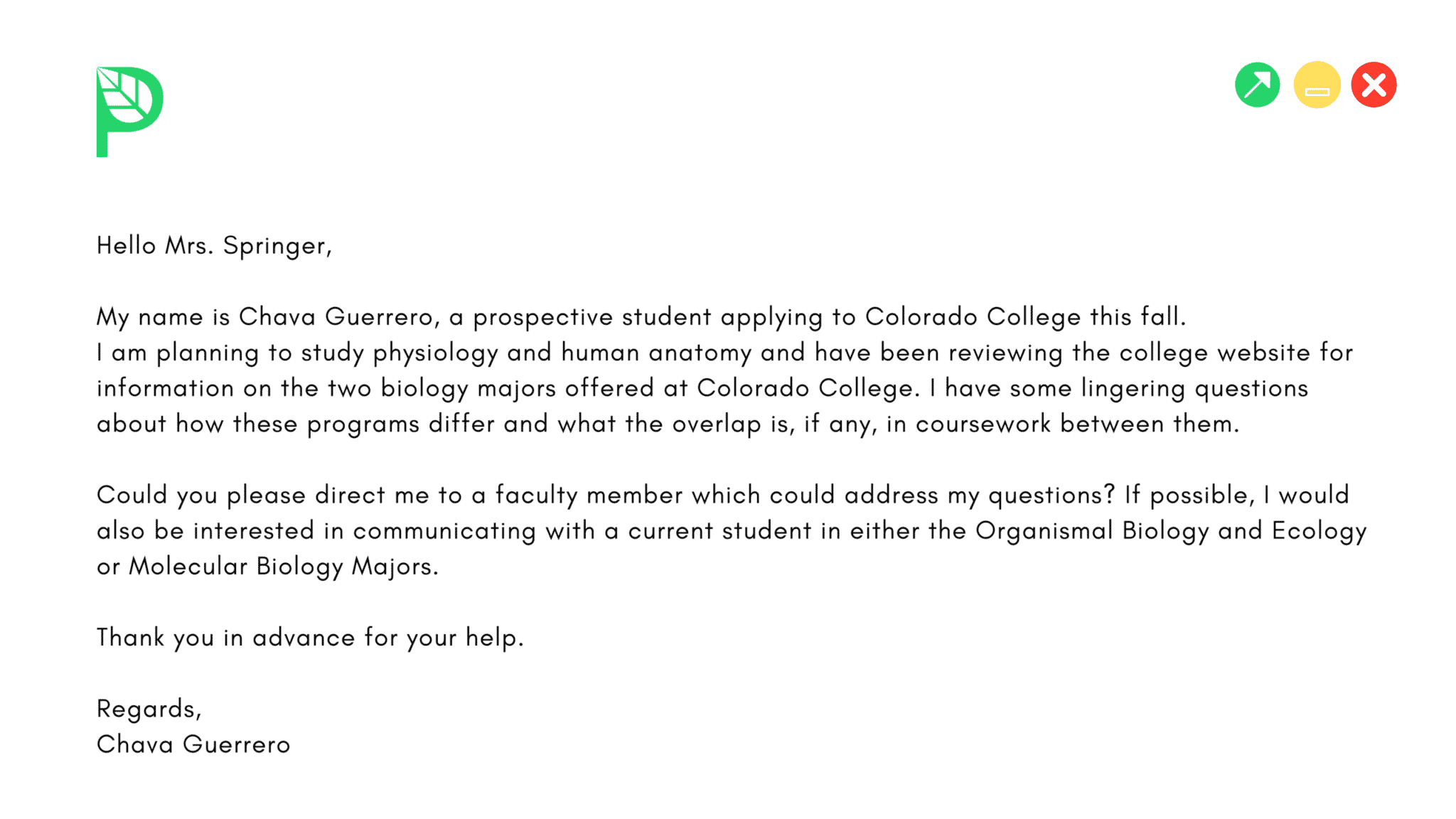
And do they really need to be told that you're going to tell them something? Just get on and actually tell them whatever it is you want to say. What's the point in starting a written communication with I write or I am writing? Obviously you are - in the fullness of time they'll be reading what you wrote, so they know that. Forwarding the email, add a message informing the new recipient about the context of the forwarded email: I am forwarding the email below to you, hoping you. Sapling completes your sentences for you and automatically checks your writing for spelling and grammar mistakes. Personally, I think the formula doesn't have much to commend it. You can follow similar steps for other email programs. I am writing to inform you that our school is conducting a science. Related: Delivering Bad News To Employees in a Good Way. This is exactly the reason why you should learn email writing should be good. These emails may range from minor inconveniences, like forgetting to sign a form, to major issues, like informing employees of impending layoffs. On the other hand "I write to inform you." (both "formal") is in fact more common (by 17,900 to 14,000) than OP's (mixed informal/formal) "I am writing to inform you.". In Gmail, you can attach files by dragging the file into the body of your email, or by clicking the Attach files button at the bottom of the compose window, selecting the files you want to upload and clicking Open. Depending on the situation, you may need to send an unpleasant email to a manager, coworker, client or customer.


The informal version of ".to inform you." is ".to let you know." it turns out the pairing "I am writing to let you know." (both informal) is much more common than "I write to let you know." (mixed formal/informal) by 8,840 to 5,960. Start your email with a clear and appropriate subject line, such as: Moving on. While you can let your clients know that you're moving on in a business letter, most modern companies prefer email. Whatever position this person holds in the company, they are most likely the person who coordinated your leave of absence. Once you've confirmed your company's standard practices, you can ask your manager how the transition process works. Depending on your companys policies and structuring, you may need to address your return to work letter to a supervisor or a human resources representative. Interestingly, Google Books bears this point out. Address the letter to the correct person. But I think "I am writing." is slightly informal by comparison with "I write." - so for me, it sits uneasily with the more formal ".to inform you." As VonC at least implies, the basic construct is somewhat formal.


 0 kommentar(er)
0 kommentar(er)
